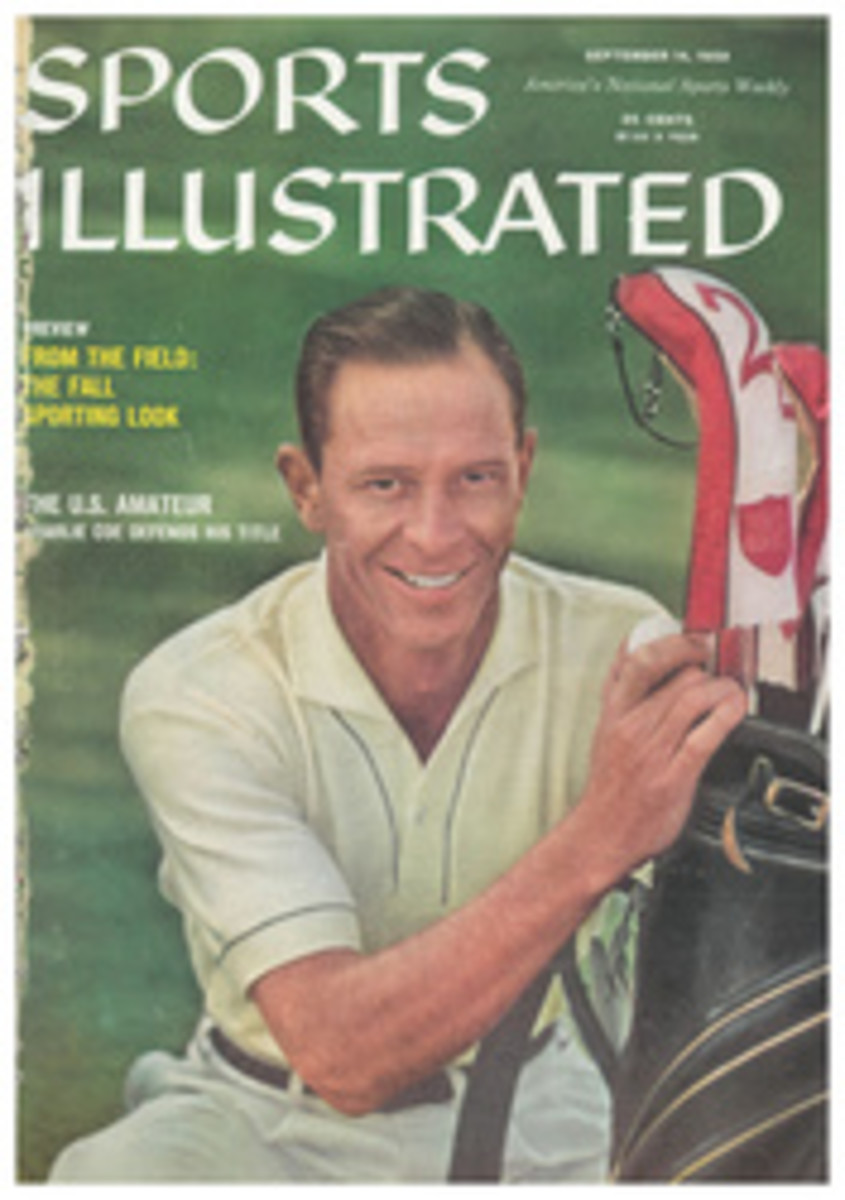
MEMO from the publisher
The art of playing football compounds many elements: speed and power; discipline and spirit; and 22 men—each performing a purposeful function in a changing pattern of offense and defense. Among the most complicated of athletic contests, football has another element, deception, making it no simpler.
It follows that the art of watching football, like that of playing, involves skill, practice and a sort of alert suspicion. A man from Mars, of course, would enjoy the color, music and autumn air. Bewitched he should be; bewildered he'd have to be. It happens to earth people, too. For them next week in the annual College Football Issue, Editor Alfred Wright, Army's Defensive Coach Frank Lauterbur and Artist Daniel Schwartz present some expertise on how to watch a football game—or, to put it differently, how to keep from getting fooled too often while watching.
If the player and the spectator must lend certain talents to the game, the coach must give still others. Next week this brings up the notable example of Northwestern's Ara Parseghian, a voluble exponent of the application of large doses of psychology to problems of the gridiron. Last year, after a winless 1957, Parseghian's Wildcats came back strong. Two memorable upsets, against Michigan and Ohio State, looked like perfect cases of Northwestern mind over opposition matter. This fall Parseghian's methods undergo an early ordeal when Northwestern takes on the Orange and Rose Bowl champions—opening against Oklahoma and then meeting Iowa. This could be the hard way to the top of the Big Ten, but William Furlong's article tells how Parseghian will try to take the Wildcats up there and why they just might make it.
As for other teams throughout the country that will "make" it, Red Grange's analytical predictions in The Eleven Best Elevens offer a line on that. Grange's guesses are likely to be a little better than the next man's, but for fun between now and next week you might make your own list of the 11 teams you pick for national honors.
Scouting Reports cover 130 teams in a compact section detachable for ready reference. Introductions to the five areas, East, South, Midwest, Southwest and West, pinpoint the color, quality and dimension of the game as it is played in the different regions.
And wherever the game is played, I think you'll enjoy having with you SPORTS ILLUSTRATED'S 1959 Football Issue, a knowing guide and season-long companion.
PHOTO
THE FOOTBALL ISSUE HAS SI'S FIRST FOLDOUT COVER

